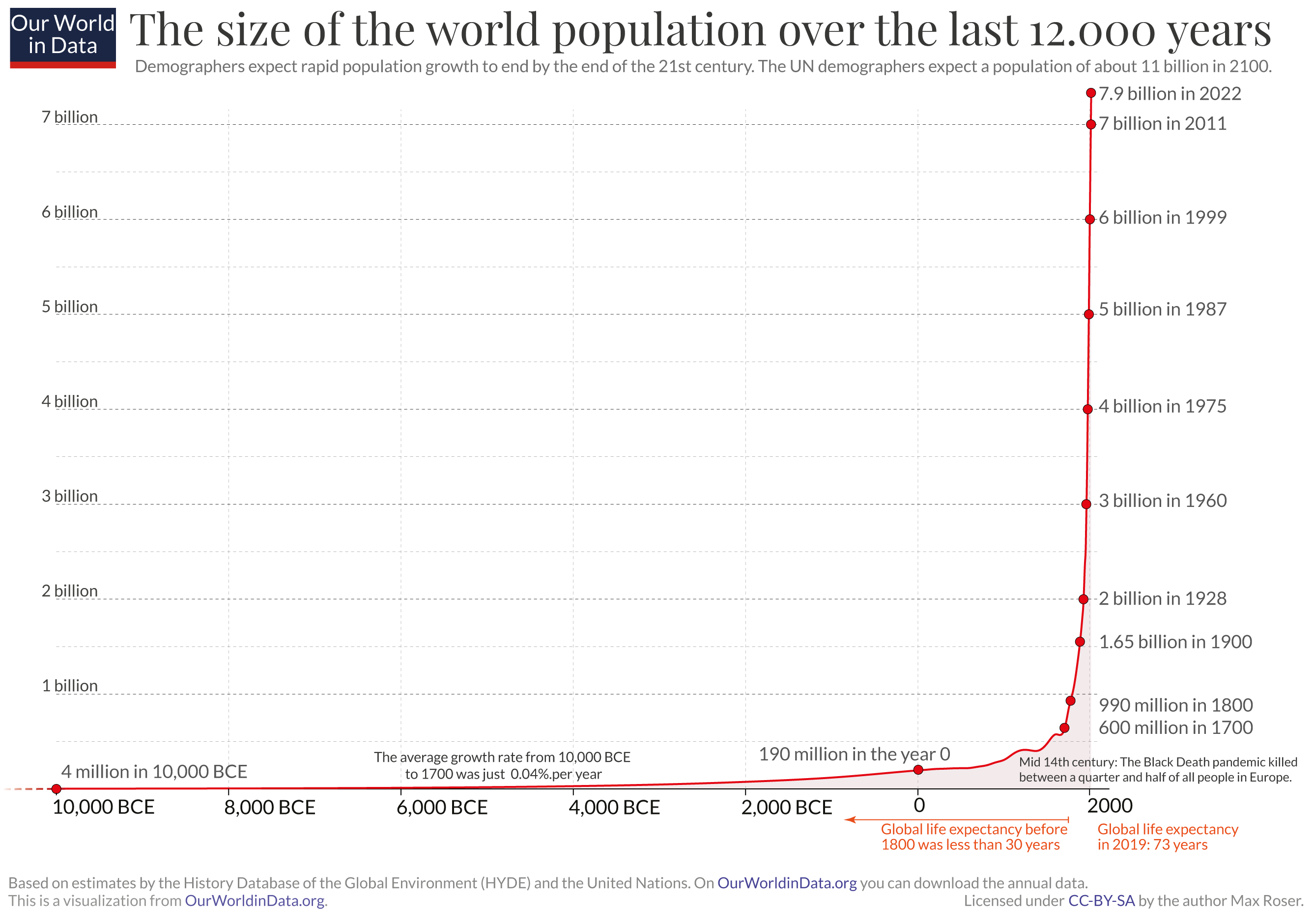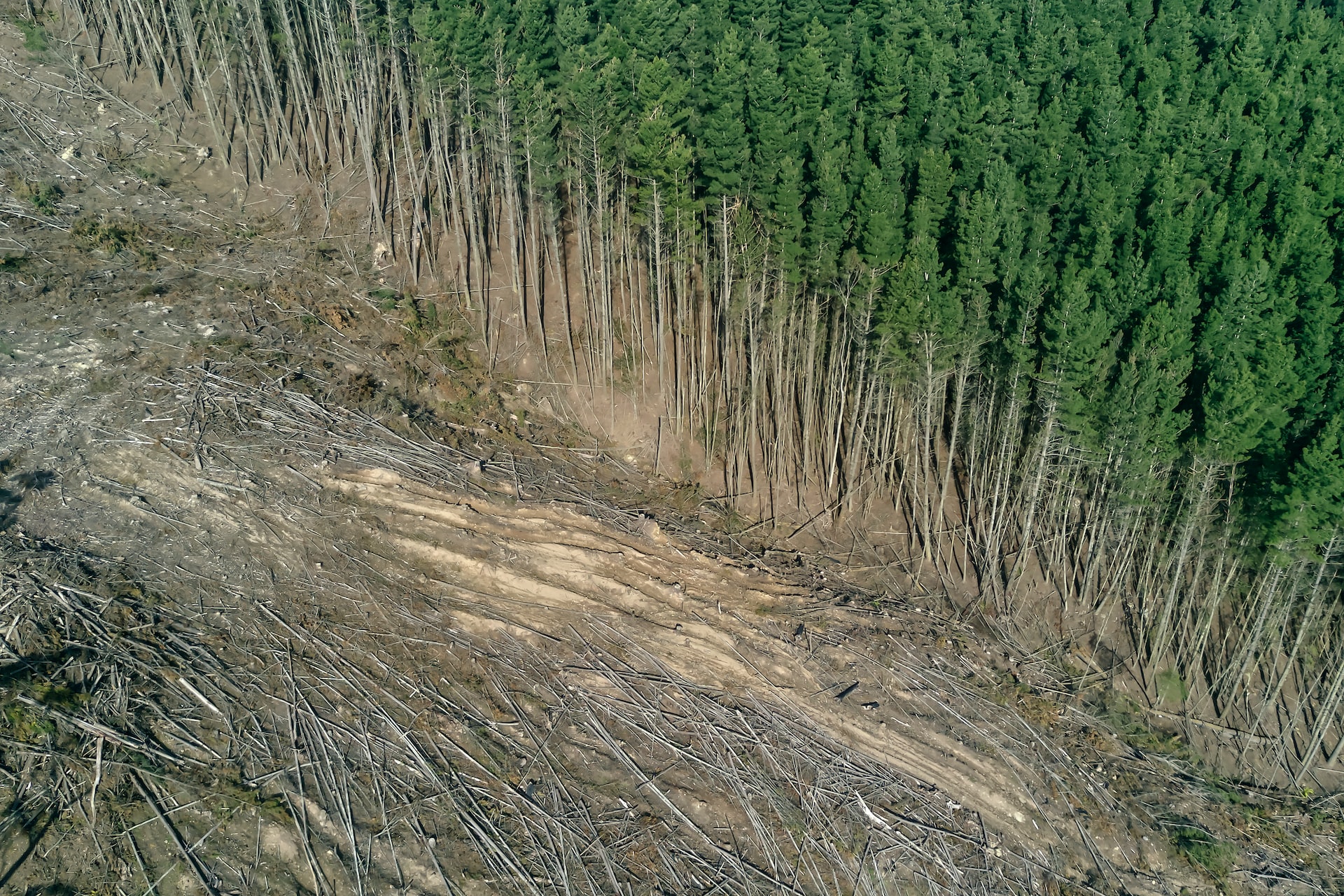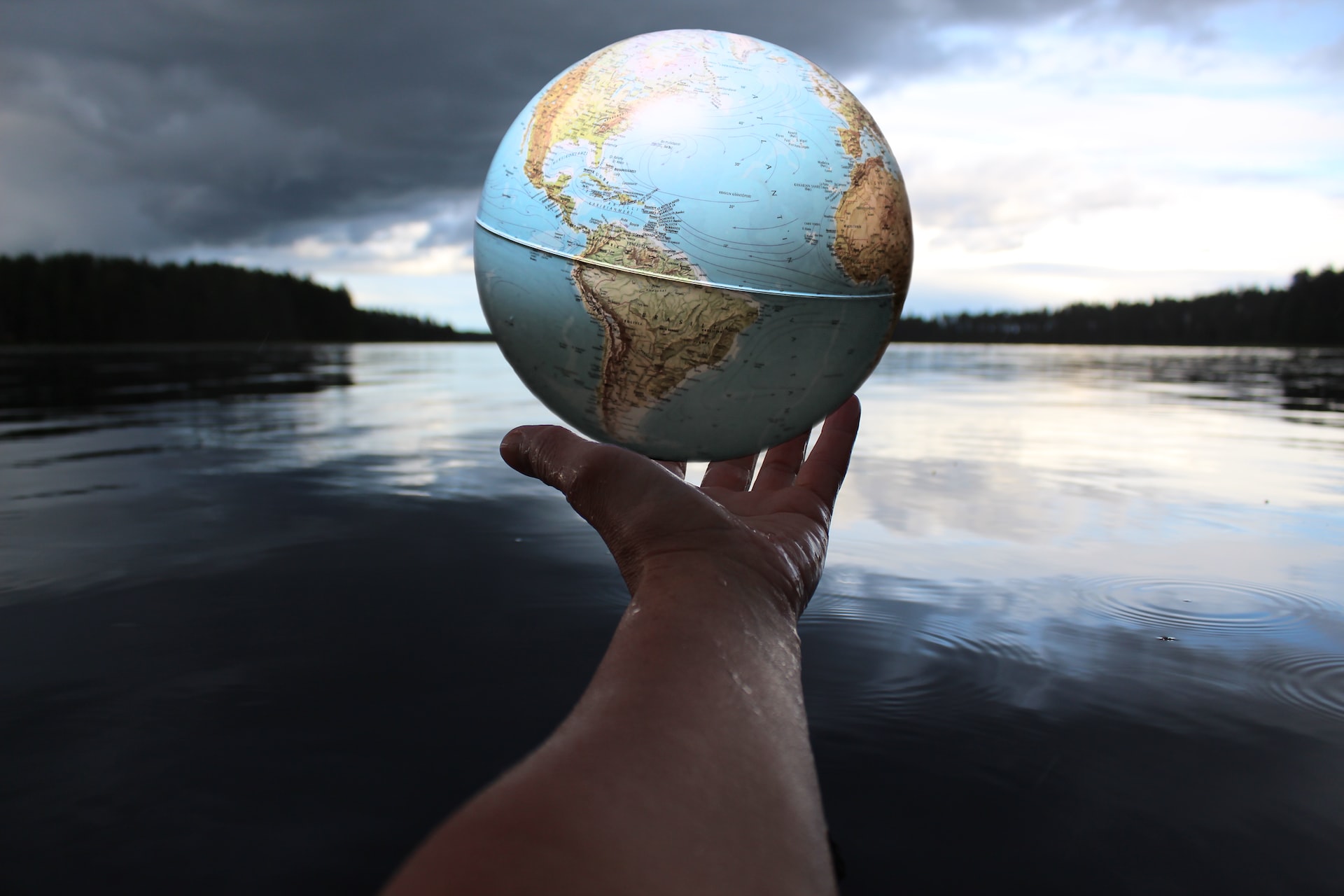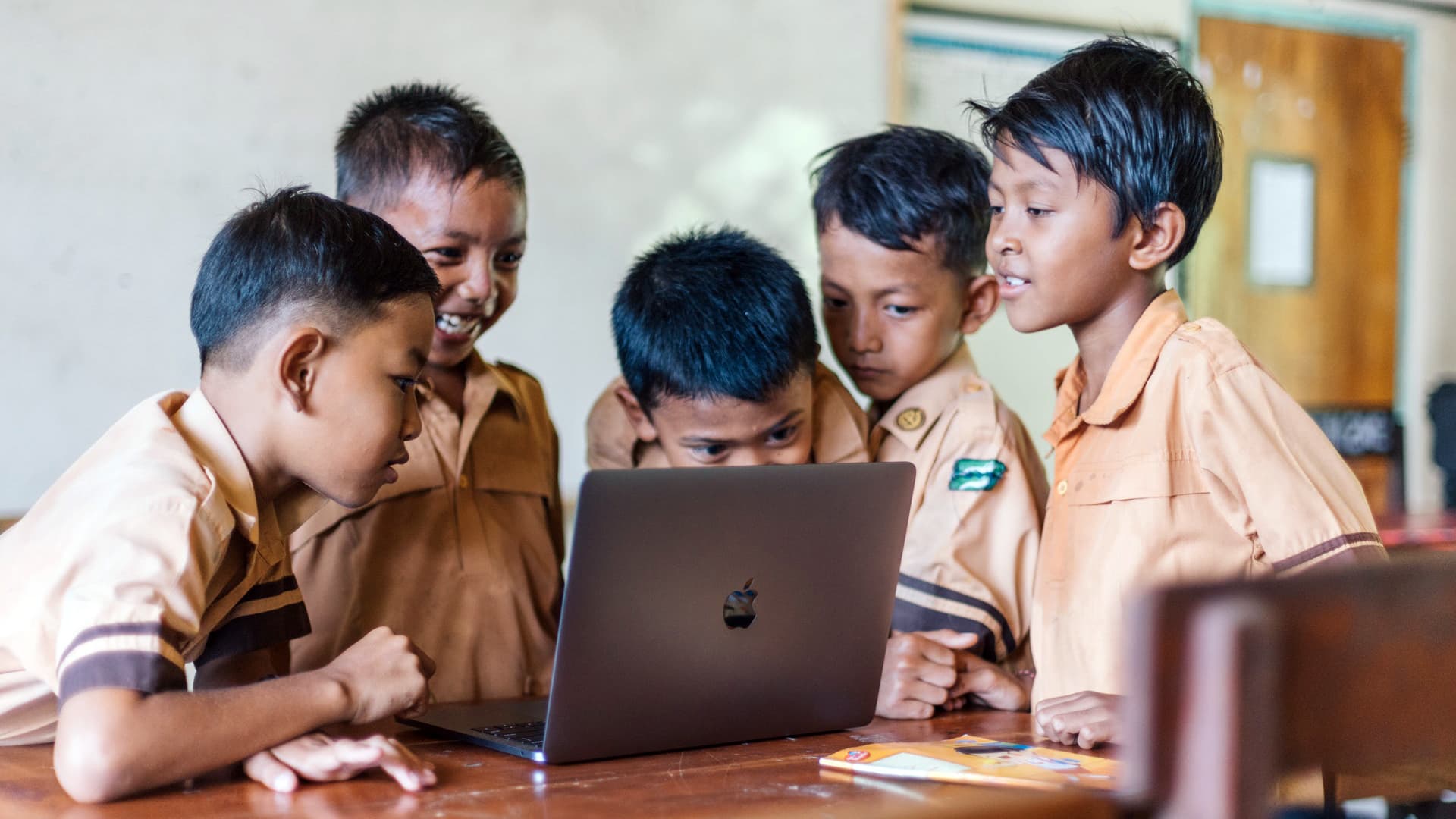World Population
The Homo sapiens appeared around 300,000 years ago and roamed the African continent, but it was only between 70,000-100,000 years ago that we began migrating outside and exploring new land. Moving north through Europe and eventually moving east through Asia, slowly populating these areas.
Around 35,000-65,000 we ventured through the oceans and reached Australia.
The Pleistocene Ice Age created a land bridge that connected Asia and Northern America over 13,000 years ago, allowing for people to migrate into the Americas which eventually led them to migrate further south, populating south America as well.
Around 12,000 years ago, the Neolithic Revolution, or the First Agricultural Revolution marked the transition from small nomadic bands of hunter-gatherers to large agricultural settlements and set the beginning of civilization.
The rise of agriculture and trade allowed people to have surplus food and economic stability, which also meant that many people no longer had to practice farming, allowing a diverse array of professions and interest to flourish in a relatively confined area. The estimated total world population, at that time, was 4 million people.
It was only until 1804 that we reached the one billion mark, the year that morphine was discovered and when Beethoven first performed his Third Symphony in Vienna. It took roughly 300,000 years, enough time for us to adapt and overcome all adversities.

From 1804 till 2012 we added another six billion to our world population count, and our most recent one billion was added in the last 12 years. This rapid population growth is due to our advancements in health care, cleaner water, better conditions of living, being able to store food longer, all of which reduced the prevalence of disease. Fertilizers and irrigation have also increased the yield making food largely available. The infant mortality rate dropped from 43.3% in the 1800s to 3.4%. With more people being born and longer life expectancy our population is expected to keep rising, bringing with it challenges of serious concern.
World population and the ecological degradation
With an exponential growth in population comes an array of problems that we have to face everyday. Having more people on the face of the earth means we have to consume more resources to maintain ourselves.

Pollution and over fishing are degrading the oceans, wildlife is being decimated as we continue to deforest our planet for development, agriculture and commercial products.
A global energy system that is still largely powered by fossil fuels, such that is impacting our climate at alarming rates. Soil degradation from commercial farming and the use of pesticides.
Consumerism that depletes our natural resources and creates large amounts of trash, that is not being recycled enough and is degrading our soils.
With the world population growing so fast it also has the potential for an increase in violence and political unrest.
All these issues are causing great damage to our planet and put at risk our own conditions of living.
Day of Eight Billion
On 15 November 2022, the world’s population is projected to reach 8 billion people, a milestone in human development.
The milestone is an occasion to celebrate diversity and advancements while considering humanity’s shared responsibility for the planet.”
ANTÓNIO GUTERRES, United Nations Secretary-General, 2022
While it took 12 years to grow from seven to eight billion, it will take approximately 15 years for it to reach 9 billion, a sign that the overall growth rate is slowing.

“Countries with the highest fertility levels tend to be those with the lowest income per capita. Global population growth has therefore over time become increasingly concentrated among the world’s poorest countries, most of which are in sub-Saharan Africa. In these countries, sustained rapid population growth can thwart the achievement of the Sustainable Development Goals (SDGs), which remain the world’s best pathway toward a happy and healthy future.
Even though population growth magnifies the environmental impact of economic development, rising per capita incomes are the main driver of unsustainable patterns of production and consumption. The countries with the highest per capita consumption of material resources and emissions of greenhouse gas emissions tend to be those where income per capita is higher, not those where the population is growing rapidly.
Meeting the objectives of the Paris Agreement to limit global temperature rise, while achieving the SDGs, critically depends on curbing unsustainable patterns of production and consumption. Yet, slower population growth over many decades could help to mitigate the further accumulation of environmental damage in the second half of the current century.”
Learn more here
“Lifting people out of poverty is a vital step in ending population growth, as well as being essential to ensure people lead lives of dignity and security. To achieve that, we must address the drivers of poverty and inequity.” populationmatters.org
It is crucial that we take action if we are to continue living on this planet. Regardless of population growth, we need to change the way we live in our society to establish equal rights for all, from providing adequate nutrition, clean water, quality education, affordable and clean energy, ending poverty, gender equality, to global health care. Those are all essential for peace and prosperity for people and the planet.
What if AI were developed to serve humanity rather than commerce?
AI for Good is driving forward technological solutions that measure and advance the UN’s Sustainable Development Goals.
We create impact by bringing together a broad network of interdisciplinary researchers, nonprofits, governments, and corporate actors to identify, prototype and scale solutions that engender positive change.
Learn how you can contribute and be involved. You can make a difference








